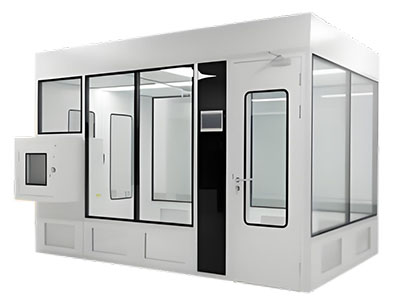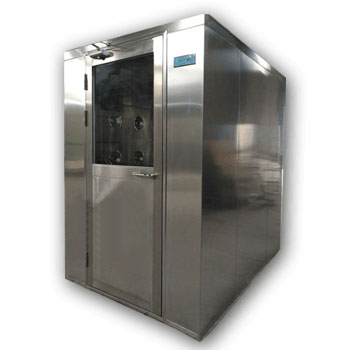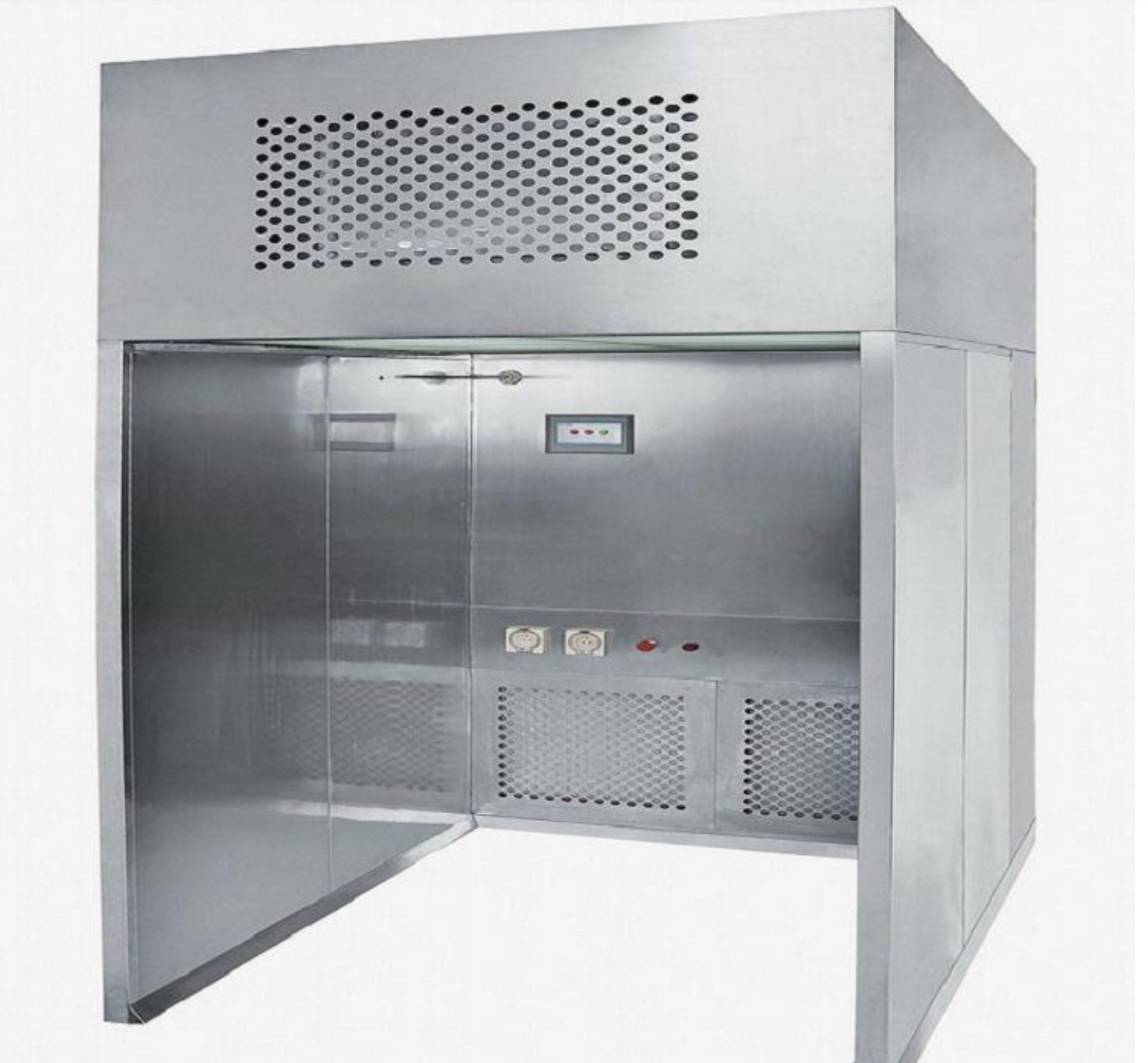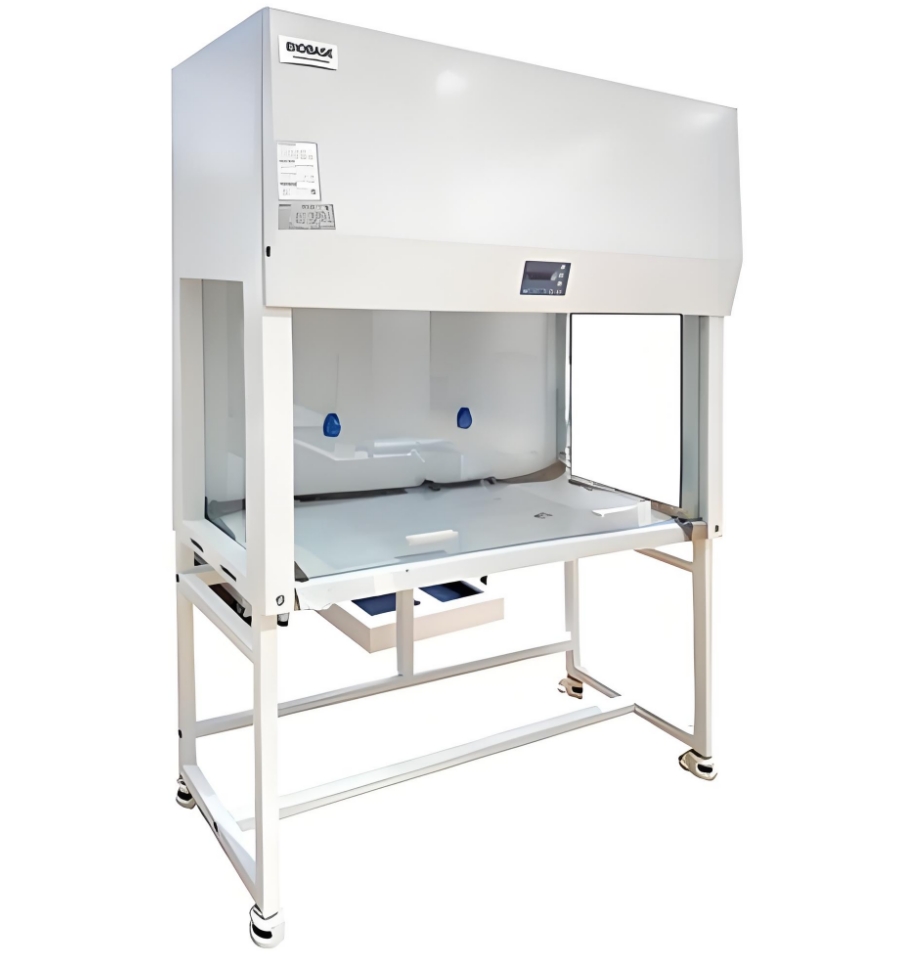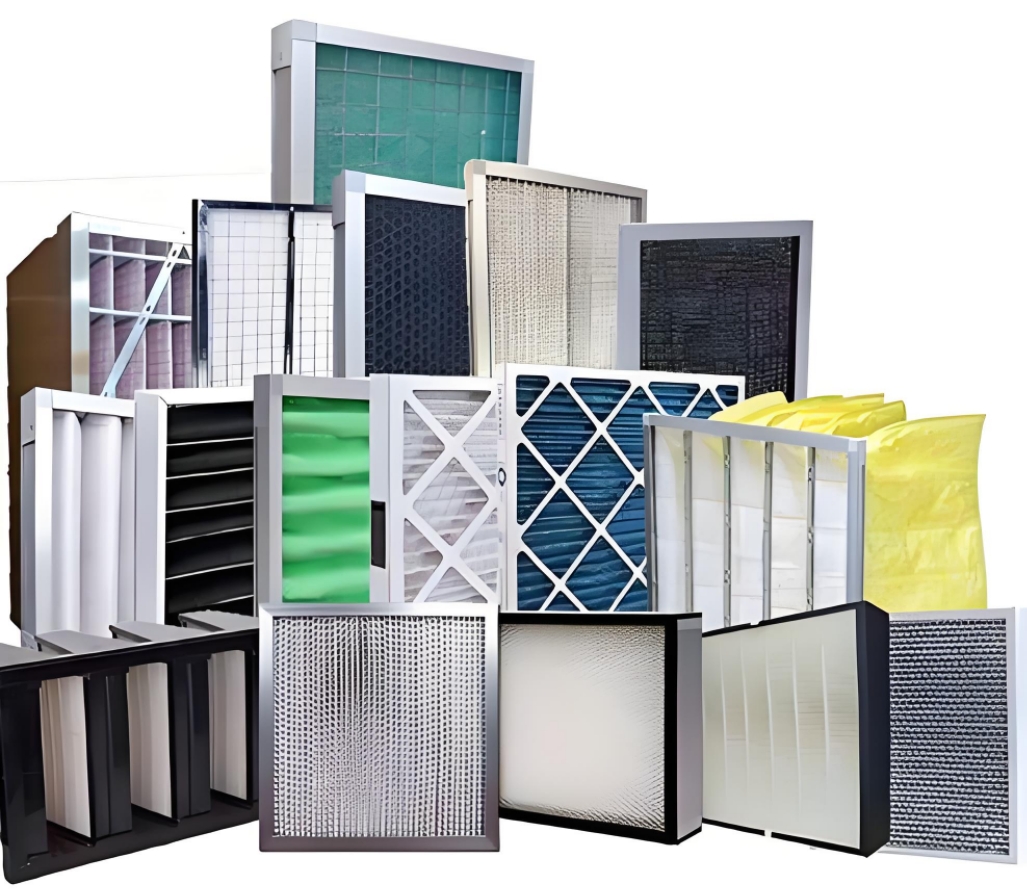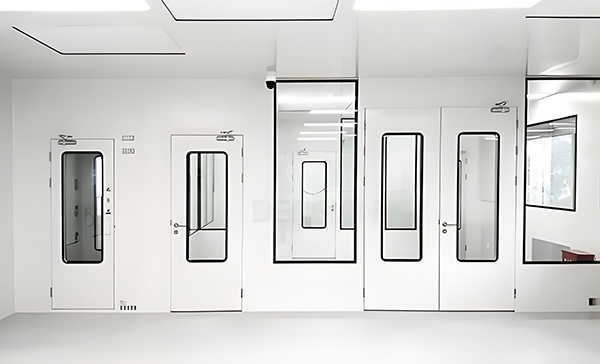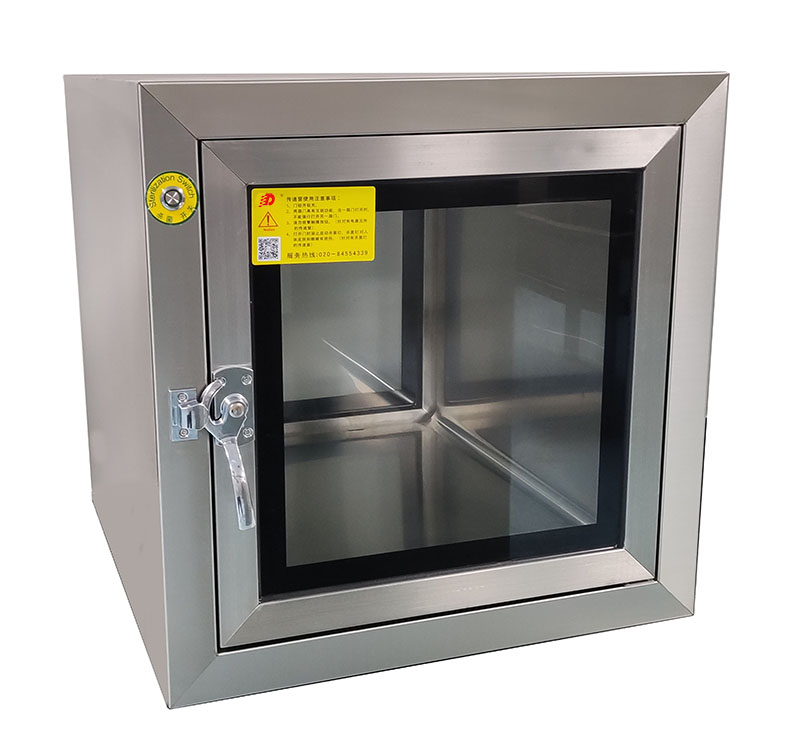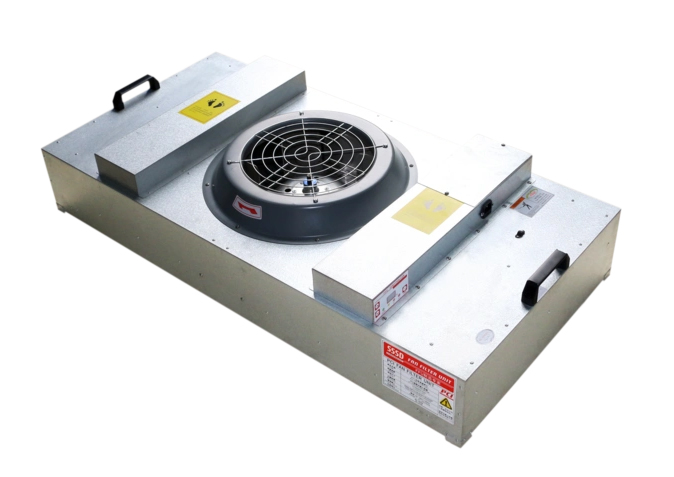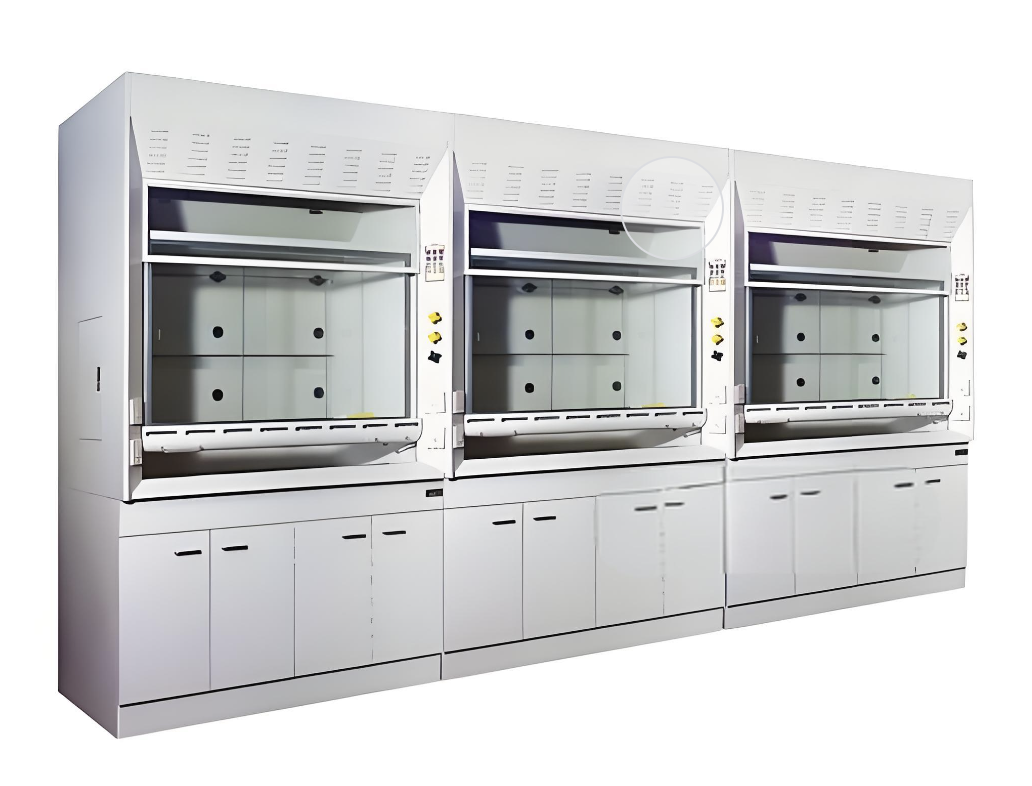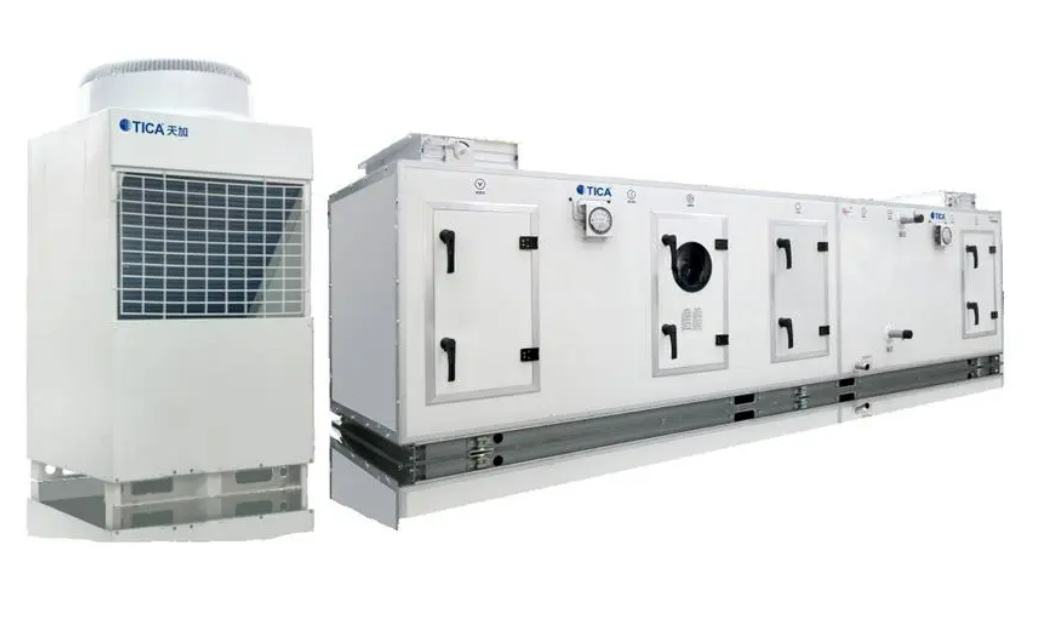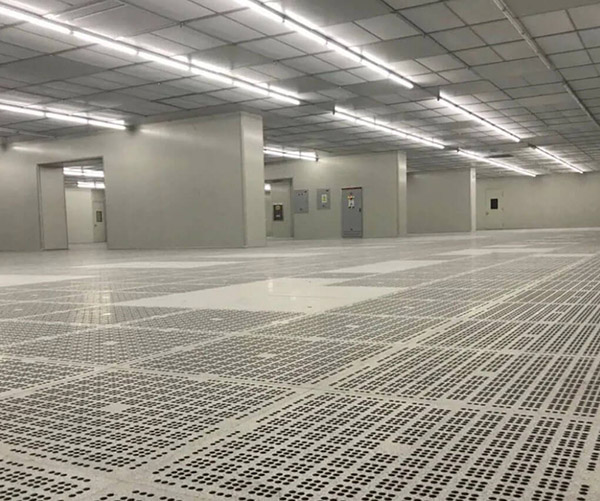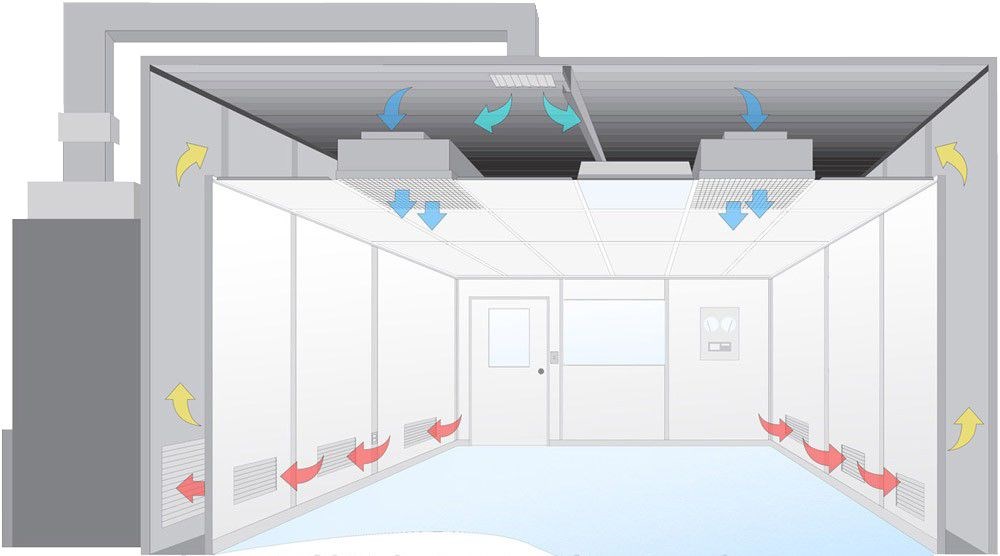Quality control for air-conditioning refrigeration systems
1. General Provisions
1.1 This chapter applies to the inspection and acceptance of the construction quality of the installation of integral, assembled and unit refrigeration equipment (including heat pumps), refrigeration accessories, other supporting equipment and pipeline systems in air-conditioning projects with a working pressure not higher than 2.5MPa and a working temperature of -20~150℃.
Note: This article defines the working scope of the refrigeration system of air-conditioning projects as the installation of integral, assembled and unit refrigeration equipment, refrigeration accessories, other supporting equipment and pipeline systems with a working pressure not higher than 2.5Mpa and a working temperature of -20~150℃. Refrigeration equipment and systems such as air separation, quick freezing and deep freezing are not included.
1.2 The model, specification, performance and technical parameters of refrigeration equipment, refrigeration accessories, pipelines, pipe fittings and valves must meet the design requirements. The appearance of the equipment unit should be intact, the seal should be good, and the random documents and accessories should be complete.
Note: Air conditioning refrigeration is a complete circulation system, requiring its units, accessories, pipelines and valves to match each other and be intact. For this reason, this article specifically stipulates that their models, specifications and technical parameters must comply with the design regulations and cannot be arbitrarily replaced.
1.3 The installation of steam, fuel oil, gas supply systems and cold storage systems that are matched with refrigeration units shall also comply with the provisions of design documents, relevant fire protection specifications and product technical documents.
1,700+ Installing Commercial Refrigeration Stock Photos, Pictures & Royalty-Free Images - iStock
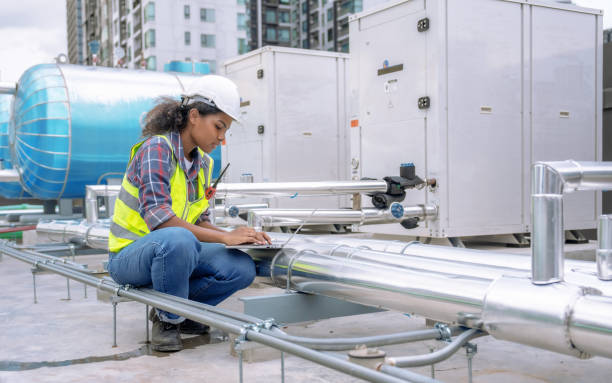
Note: Now, the power source of refrigeration units in air-conditioning refrigeration systems is no longer just a single electric energy, but has developed into a new pattern of multiple energy sources. The installation of new energy sources such as fuel oil, gas and steam for air-conditioning refrigeration equipment has great particularity. For this reason, this article emphasizes that it should be implemented in accordance with the provisions of design documents, relevant specifications and product technical documents.
1.4 The handling and hoisting of refrigeration equipment for air conditioning shall comply with the provisions of product technical documents and this specification.
Note: Refrigeration equipment is of various types and shapes, with great differences in weight and volume, and is equipped with interrelated accessories, instruments, electrical appliances and automatic control devices, etc., which have high requirements for handling and hoisting. The hoisting of refrigeration units is also one of the main processes of equipment installation. This article emphasizes that the key is to prevent the equipment from being deformed or damaged during hoisting. For the hoisting of large, high-altitude and special occasion equipment, a construction plan should be prepared.
1.5 The installation, testing, trial operation and acceptance of the refrigeration unit body should also comply with the relevant provisions of the current national standard "Construction and Acceptance Specifications for Installation of Refrigeration Equipment and Air Separation Equipment" GB50274.
Note: For the installation of the refrigeration unit body in the air-conditioning refrigeration system sub-project, this specification adopts the method of directly quoting "Construction and Acceptance Specifications for Installation of Refrigeration Equipment and Air Separation Equipment" GB 50274-1998.
Road | Transport Refrigeration Products | Thermo King
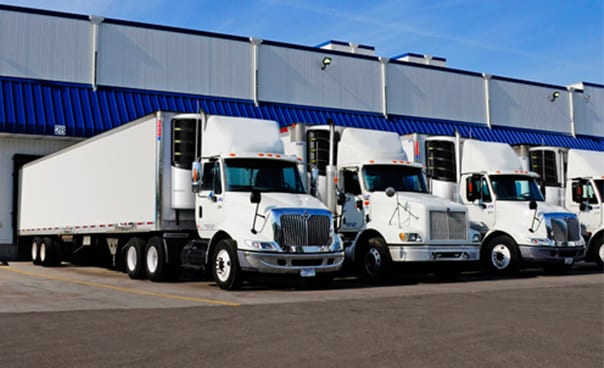
2. Main Control Items
2.1 The installation of refrigeration equipment and refrigeration auxiliary equipment shall comply with the following provisions:
- The model, specification and technical parameters must meet design requirements and have product certificates and performance test reports
- Concrete foundations must pass quality handover acceptance before installation
- Equipment location, elevation, and pipe direction must meet design requirements
- Anchor bolts must be tightened with anti-loosening measures
Inspection quantity: All inspections
Inspection method: Check drawings, product certificates, and performance reports
Note: This article stipulates the main control items for installation quality acceptance.
2.2 Direct expansion surface coolers must be clean, intact, with reverse air/refrigerant flow, sealed gaps, and unobstructed condensate discharge.
Inspection quantity: All inspections
Inspection method: Observation
The Basics of Car Fuel Systems and Their Functions - Bud's Auto Repair & Transmission
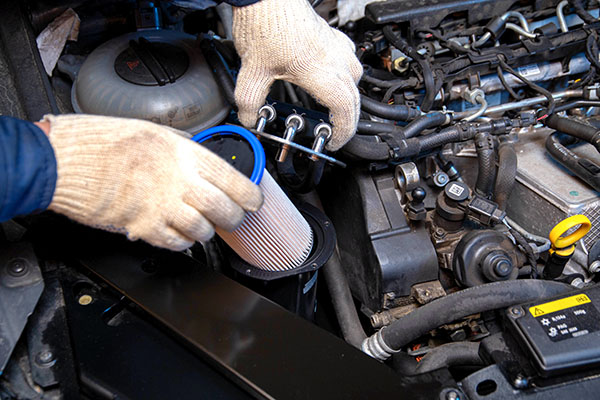
2.3 Fuel system equipment, oil tanks, and gas system installations must comply with design and fire safety requirements.
Inspection quantity: Full inspection
Inspection method: Check drawings, observe, review grounding tests
Note: Fire safety is paramount for fuel and gas systems.
2.4 Tightness tests and trial runs must comply with equipment technical documents and national standards.
Inspection quantity: Full inspection
Inspection method: On-site inspection, review trial run records
CO2 Refrigeration System Considerations: How to Successfully Make the Switch | Cushing Terrell
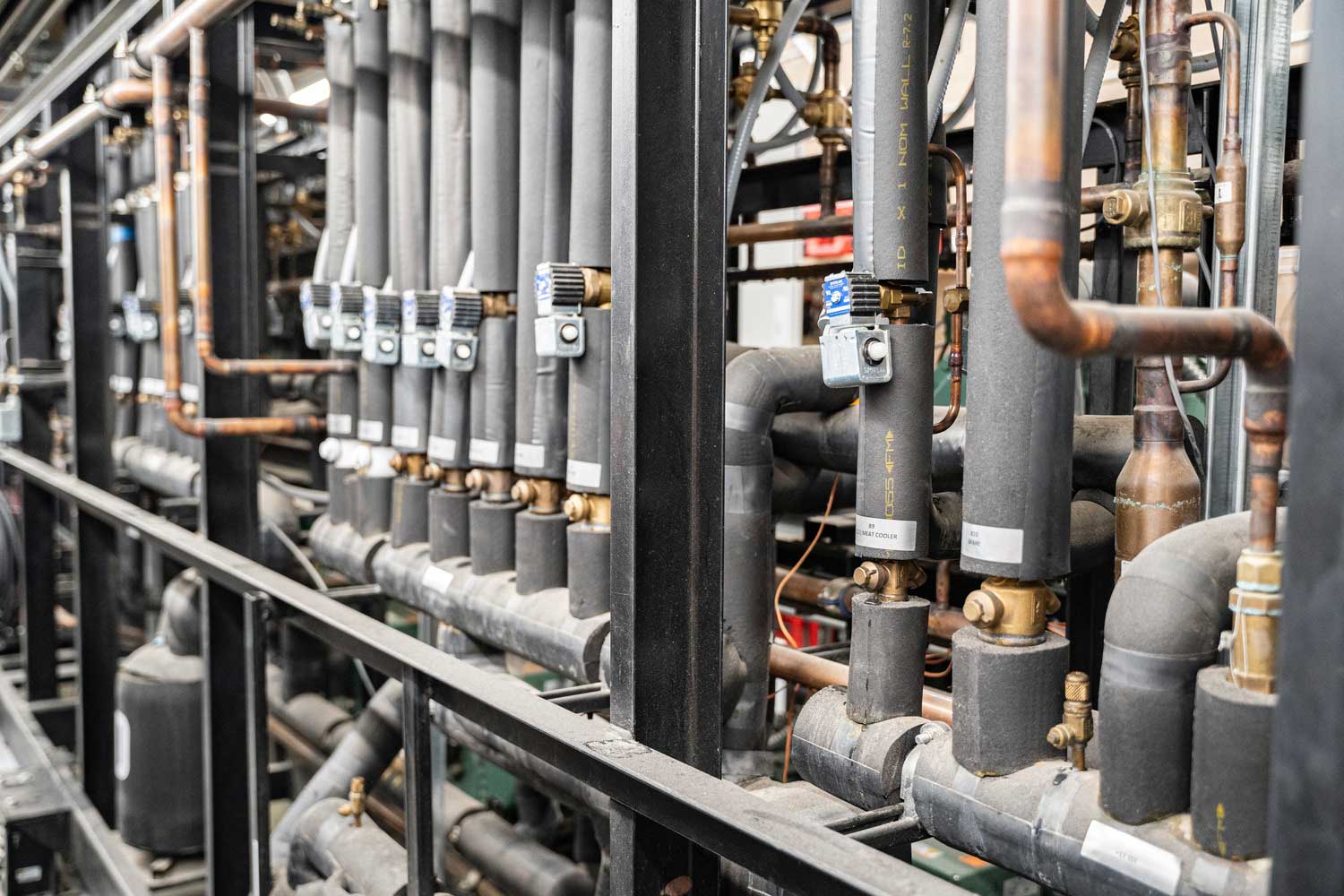
2.5 Refrigeration system pipes, fittings and valves installation requirements:
- Materials must match design specifications with certificates
- Sealing materials compatible with medium
- Proper pipe orientation (no upward U-shape for liquid pipes)
- Branch connections with proper spacing
- Slopes per design or table specifications
| Component | Slope Requirement |
|---|---|
| Compressor suction horizontal pipe (fluorine) | ≥10/1000 |
| Compressor suction horizontal pipe (ammonia) | 23/1000 |
| Compressor exhaust horizontal pipe | ≥10/1000 |
| Condenser horizontal supply pipe | (1~3)/1000 |
2.6 Fuel pipelines must have anti-static grounding with galvanized ring bolts or copper jumpers.
Inspection quantity: Full system
Inspection method: Observation, test records
2.7 Gas system pipelines must use metal connections, be purged with compressed air/xenon, and have proper weld testing.
Inspection quantity: Full system
2.8 Ammonia systems prohibit copper/copper alloys and galvanized pipes. Welds require radiographic inspection.
Inspection quantity: All systems
Inspection method: Observation, flaw detection reports
Understanding the Mechanics of an Ammonia Refrigeration System - Bassett Mechanical
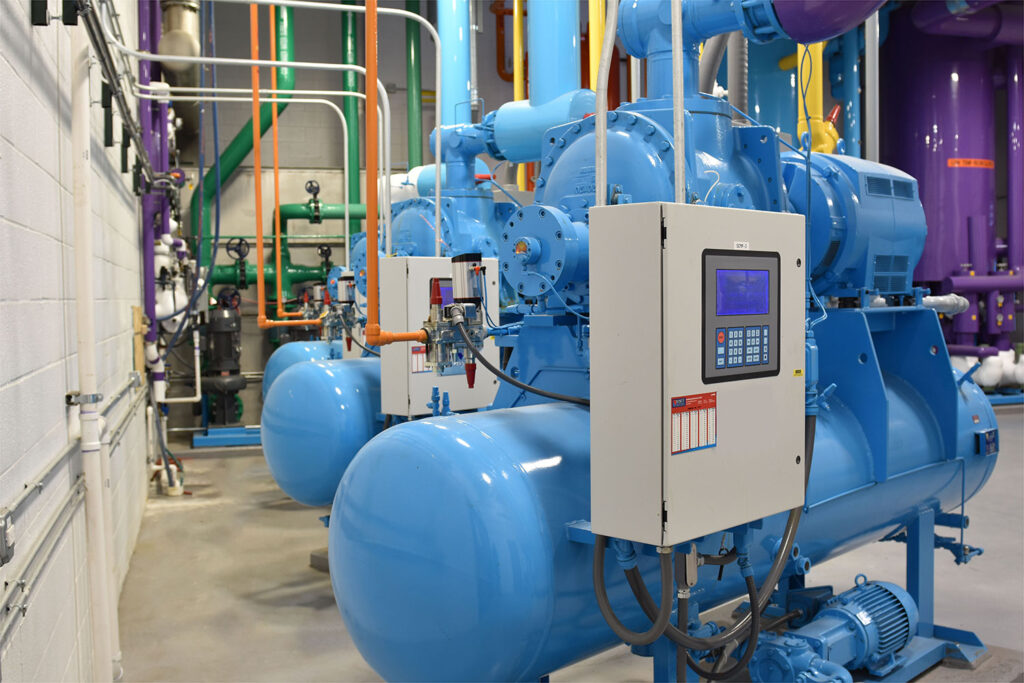
2.9 Ethylene glycol solutions must not use internal galvanized pipes/fittings.
Inspection quantity: 20% of system (min 5 pieces)
Inspection method: Observation, installation records
What is Glycol, and How Can it be Used as a Solvent? - Maratek Environmental
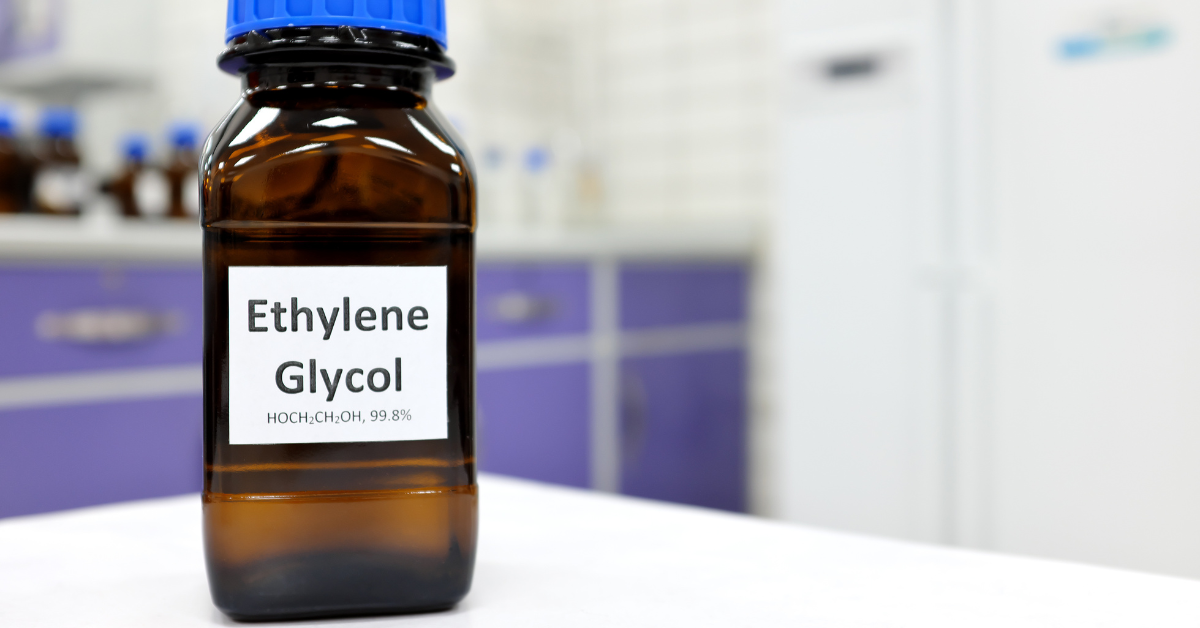
2.10 Refrigeration pipeline systems must pass strength, airtightness and vacuum tests.
Inspection quantity: All systems
Inspection method: On-site supervision, test records
3. General Items
3.1 Installation position/elevation deviations must comply with regulations. Spring-isolated units require positioning devices.
Inspection quantity: All inspections
Inspection method: Level measurement
What is Water pump?- How to select one of them
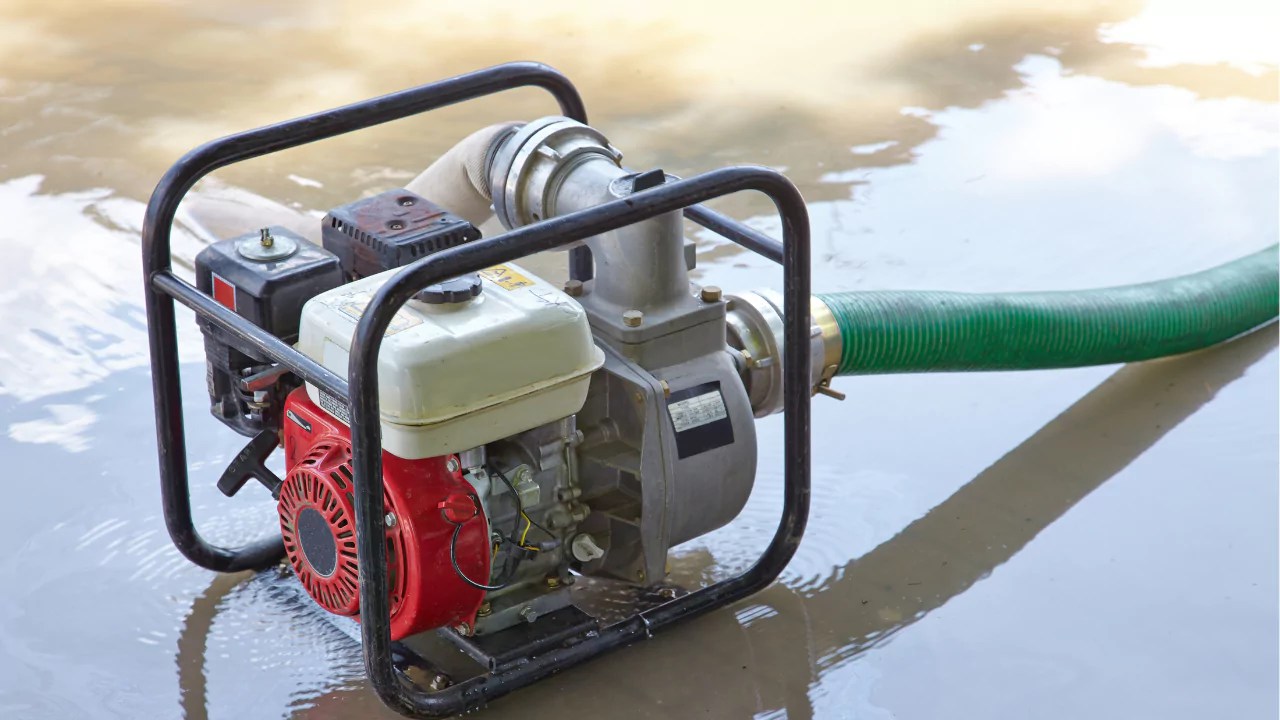
3.2 Parallel modular chillers must have tight interfaces and appear level without distortion.
Inspection quantity: All inspections
Inspection method: Measurement, observation
3.3 Fuel pumps and coolant pumps: Horizontal deviation ≤1/1000, axial inclination ≤0.2/1000, radial displacement ≤0.05mm.
Inspection quantity: All inspections
Inspection method: Level measurement
3.4 Pipe/fitting installation requirements:
- Pipes must be clean and dry
- Copper pipe supports per design specifications
- Separate brackets for suction/exhaust pipes
- Proper bending radii and techniques
- Precise cutting and joining specifications
| Copper Tube Specifications | Socket Expansion Depth (mm) |
|---|---|
| DN15 | 9-12 |
| DN20 | 12-15 |
| DN25 | 15-18 |
| DN32 | 17-20 |
| DN40 | 21-24 |
| DN50 | 24-26 |
| DN65 | 26-30 |
3.5 Valve installation requirements:
- Pre-installation strength and tightness tests
- Proper orientation and positioning
- Specific requirements for solenoid/regulating valves
- Safety valve installation specifications
The Gatekeepers - Valves and their roles in Industrial Refrigeration Systems
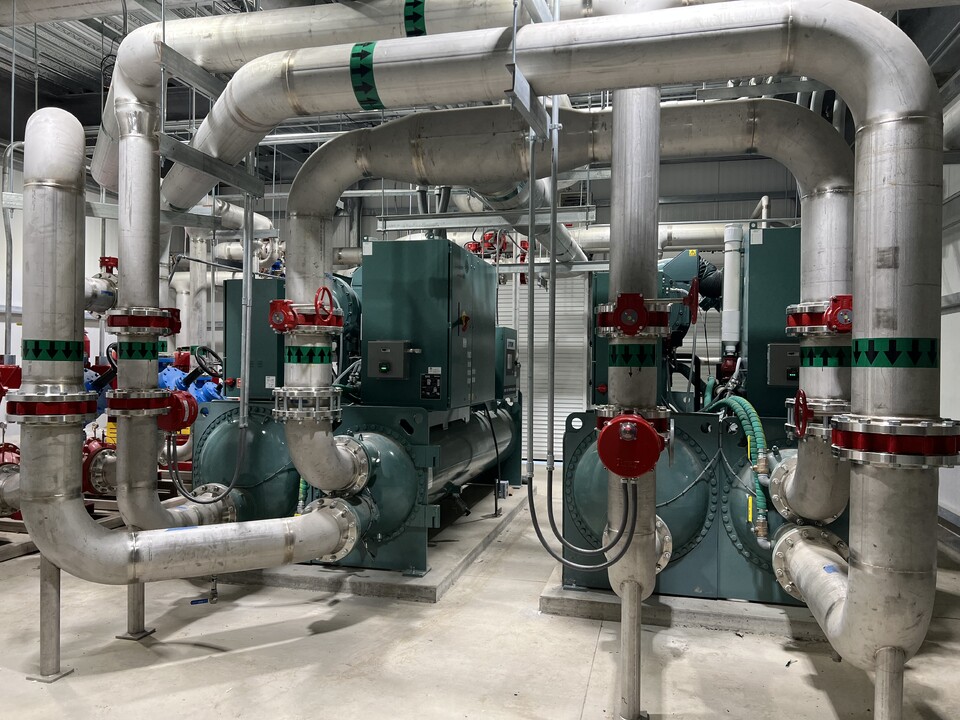
Inspection quantity: 20% of system (min 5 pieces)
Inspection method: Measurement, visual inspection, test records
3.6 System purging with dry compressed air or ammonia (0.6Mpa). Check with light-colored cloth for 5 minutes. Clean valve cores after purging.
Inspection quantity: Full inspection
Inspection method: Observation, test records
Refrigeration System Installation Standards | Document Version 1.0
 +86 18186671616
+86 18186671616 Jason@cleanroomequips.com
Jason@cleanroomequips.com
 MENU
MENU

